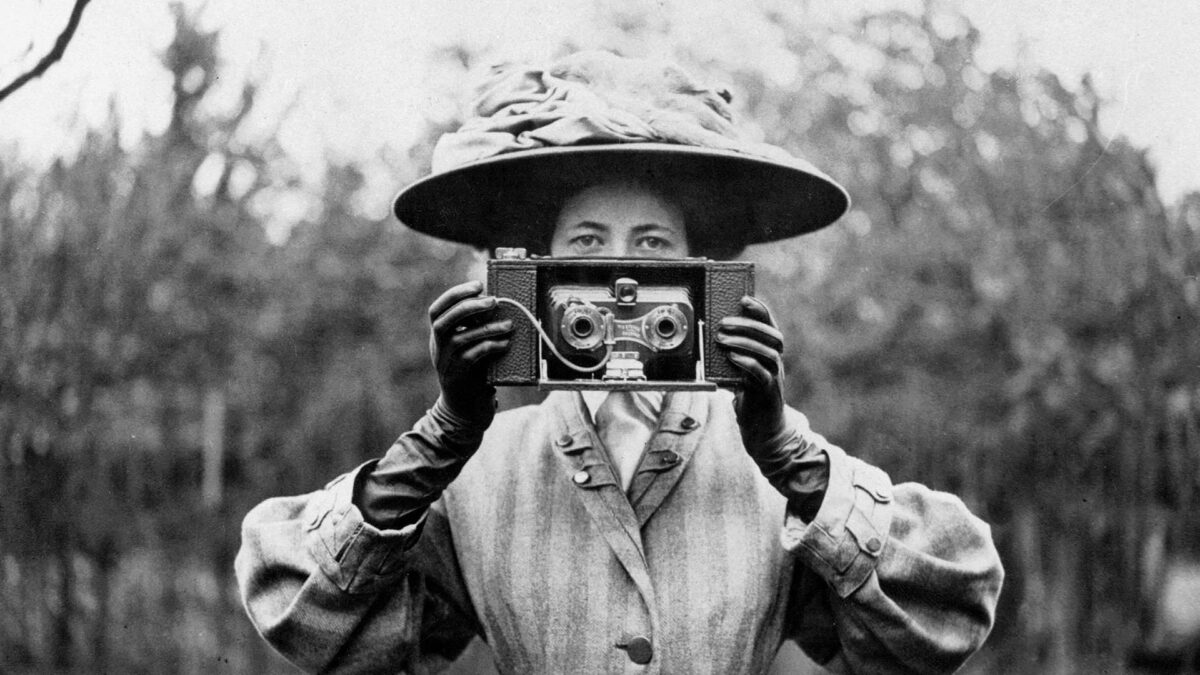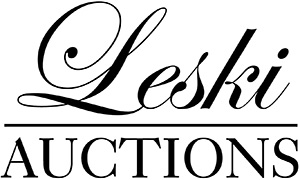
THE MICHAEL FAMILY CAMERA MUSEUM | Part III
While it is sad when an Australian institution closes, in the case of this fabulous assemblage, it means that collectors and museums all over the world will be able to add a rare piece of history to their own collections. Truly, a once in a lifetime opportunity.
Most Melbourne residents or visitors to the CBD would be familiar with Michaels Cameras. The Michaels family has conducted business on the corner of Elizabeth & Lonsdale Streets in downtown Melbourne since 1916. My great-grandfather Emanuel, started business there as a pawn broker and gunsmith in those distant early years. My grandfather, Harold, evolved the business into a chemist which also sold photographic equipment. In 1976, my father Alan took the bold decision to remove the chemist which had been there for 50 years and focus on the camera business. The camera and film processing part of the business eventually became the predominant activity, and it is that business that became a destination for photographers, professional and amateur, for more than nine decades.
In the late 1970’s, nearly 50 years ago, my father, Alan, and my brother, Tony, realised that Michaels was taking as trade-ins, many unusual and interesting cameras that people wanted to exchange for newer or more sophisticated photographic equipment. Although delighted to facilitate the growth of the business in this way, it quickly became clear to them that their cupboards and shelves were becoming a repository of photographic history, a history which was not being adequately preserved in Australia, a challenge they were uniquely in a position to address. Alan and Tony made the conscious decision to conserve, display and actively expand the evolving collection, which meant not just relying on trade-ins, but also attending auctions, swap meets and buying from private collections that offered unique or unusual additions to what they had already accumulated. The evolution of photography as reflected in these little masterpieces of design and construction was their inspiration and, within a few years, the collection had increased to the point where housing it and displaying it became a real challenge.
At around this time an architect and die-hard Leica collector approached my father, as he wanted to sell his extensive Leica collection. My father bought the collection which became the foundation of the world class Leica collection you will find in the following pages of this catalogue. The collection continued to grow and eventually we had more than 3,000 items on display in a superb museum space created for the purpose. A visit was always free, and over the years we hosted many thousands of enthusiasts who visited from interstate and overseas, as well as many members of local historical societies and museum curators.
The quality of the cameras and other equipment that went on display was always the best example of an item we could find. Over the years of trading in these collectable cameras, whenever one came in that we already had in the museum, we would compare them, keep the better example, and dispose of the other. At its’ peak, a few years ago, the museum became the largest private camera museum in the world. There are no duplicates in the collection, every camera has its’ differences. Sometimes these differences are very small, for example, one may have a distance scale in metres and the other in feet.
Having decided to cease trading, we have been assisted and directed in the decisions to do with the collection, by Charles Leski and his staff. There is no doubt that the content of the museum is the most important legacy of Michaels, so the planned series of auction catalogues will provide a permanent record of all the items in the collection at the time we closed. I am delighted to see so many beautiful cameras – including some of my personal favourites – presented in this series of auctions.
Together with the rest of my family, I thank you for your interest in our collection and I hope you are able to acquire something that gives you as much pleasure as it has given us.
Peter Michael
